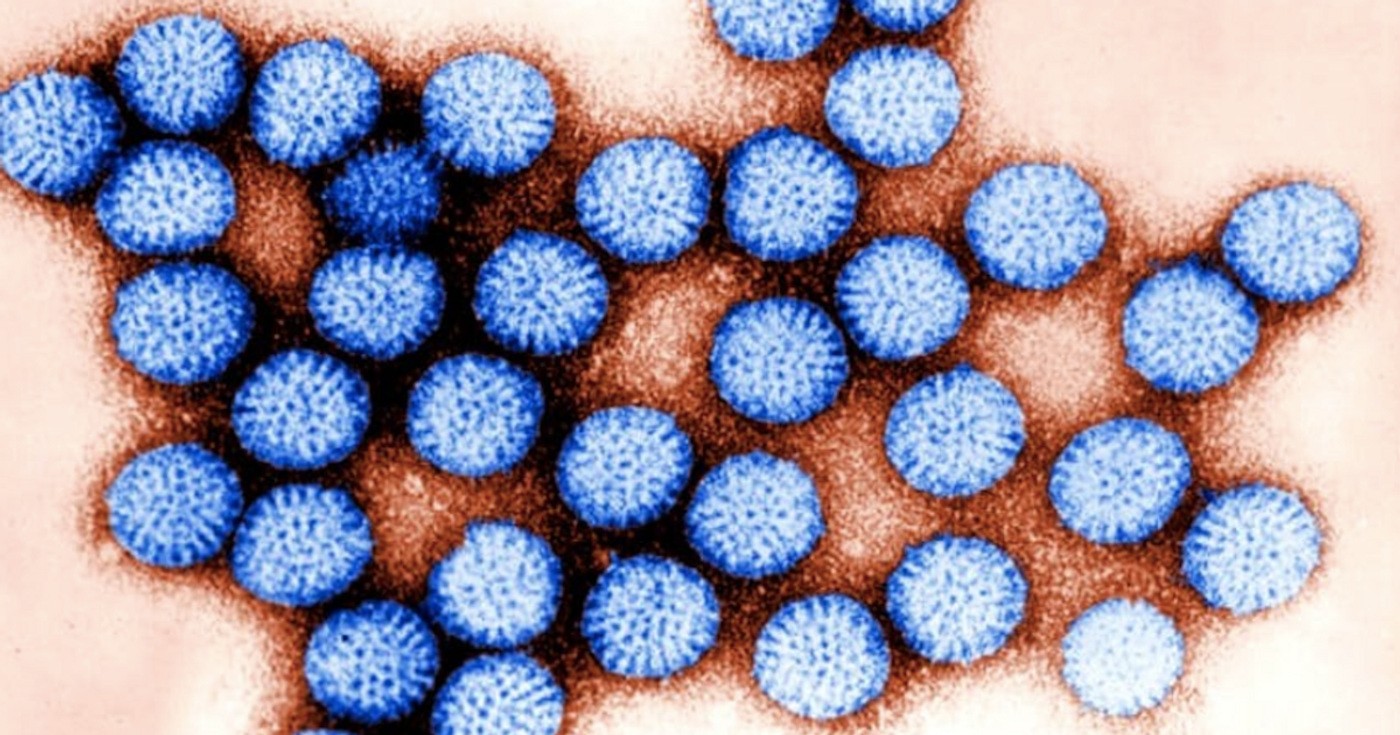Viral RNA Can Hijack the Host by Assuming a tRNA-Like Structure
Many viruses have genomes made of RNA. In human cells, messenger RNA (mRNA) molecules act as intermediates; cellular machinery copies a DNA sequence into mRNA so that it can then be translated into a protein. Transfer RNA (tRNA) has a very specific shape that enables it to shepherd amino acids to the cellular machinery that is building a protein from mRNA. When viruses infect human cells, they can hijack this system, and ensure that the viral genome is translated into protein by the infected cell. Scientists have now learned more about how viruses are able to do that; cryo-electron microscopy has revealed that viral RNA molecules can form a three-dimensional structure that can morph into different shapes. The complex conformation of these viral molecules enable them to hijack the cellular machinery. The findings have been reported in Science.
Cryo-EM has made this discovery possible, and shown that it can teach researchers more about how viral RNA links up with proteins in the host cell.
"Previously, we knew some basics about viral mimicry of tRNAs, but this example was a decade-old mystery. What we observed surprised us," says Jeffrey Kieft, Ph.D., study co-author and professor at the University of Colorado School of Medicine.
Different types of RNA molecules can assume many shapes. In this work, the researchers found that some viral RNA molecules are able to mimic the shape of tRNA, which normally has a shape like an 'L.' The researchers were expecting to see this shape when they examined the viral RNA molecule, said study co-author Steve Bonilla, Ph.D., the Howard Hughes Medical Institute Hanna H. Gray post-doctoral research fellow at the University of Colorado School of Medicine.
"Instead, it forms a very different shape and interacts with cellular proteins in an unexpected way that involves changes in shape. Determining why this happens is a next step," said Bonilla.
Scientists are investigating the therapeutic potential of RNA molecules, and this research has shown that cryo-EM can be used to assess the structures of various dynamic RNA molecules.
Sources: CU Anschutz Medical Campus, Science









